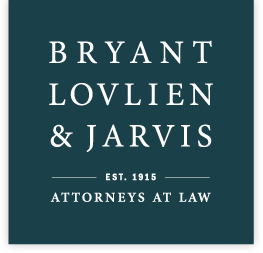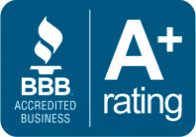Many people are faced with uncertainty when they have to handle another person’s affairs. My clients often want to know the best way to transfer assets at death. Assets can be transferred in different ways depending on how they are titled. Assets that need to be distributed at death often include real property, vehicles, bank accounts, retirement accounts, life insurance and stocks and bonds.
The personal representative or another trusted person often needs to distribute a loved one’s assets after that person has passed away. For example, William came to see me a couple of weeks after his mother, Joyce, passed away. Joyce had a will that left everything equally to her three children. William’s father, Robert, had passed away two years earlier. At Joyce’s death, she owned a house, a checking account, an investment account, a vehicle, and an IRA. William is named as the personal representative of Joyce’s estate in her will.
Real Property
In order to transfer the house which was owned by Joyce to her children, William would need to file a petition for probate and appointment of personal representative with the court. If there was a mortgage against the property, the property would likely need to be sold to pay the mortgage. The proceeds, after the costs of the probate, payment to creditors and costs of sale, would be distributed to the children. If the real property was held in a revocable trust, it could be sold without a probate.
Bank Accounts
Joyce had a checking account. About one year before she passed away she added William to the account as a co-owner to assist her with paying her bills. At her death, William became the sole owner of that account. He may choose to share the money in the checking account with his siblings but he is not obliged to do so. Sometimes this is where the deceased person’s intent is not carried out. Joyce may not have realized that when she added William to her account that he would receive the funds in that account at her death. If Joyce was the sole owner of the account at her death, the account would have been disbursed to her beneficiaries if she had designated a POD (payable on death beneficiary) or distributed as part of the probate according to the terms of her will.
Investment Account
Joyce has an investment account that designates her youngest child, Sarah, as the TOD (transfer on death) beneficiary. Therefore, the funds in Joyce’s investment account will be paid directly to Sarah. Usually the brokerage firm will require that the beneficiary submit a death certificate and complete a form regarding how they want to assets disbursed. It is not clear if Joyce intended that only Sarah receive the funds from the investment account or whether she just thought it would be easier to name Sarah than naming all three of the children. However, since Sarah is the sole beneficiary, she will receive all of those funds.
Vehicle
Joyce’s car was owned in her name alone. If there are no other assets subject to probate other than Joyce’s vehicle, the children could file an inheritance affidavit with the Department of Motor Vehicles and get the title to the vehicle transferred to them without filing a probate. If there is a probate opened, then the vehicle would be sold or distributed a part of the probate.
IRA
Joyce owned an IRA which designated all three children as beneficiaries of her account. Therefore the IRA will be distributed in equal shares to the children. Each child can decide if he or she wants to cash out his or her share of the IRA or delay his or her distributions by transferring the assets into an inherited IRA.
Revocable Trust
Joyce did not have a revocable trust. If Joyce had a revocable trust, William could have avoided probate and transferred the assets within the trust to her beneficiaries. However, Joyce would have had to transfer her assets to the trust while she was living. Most assets except for retirement accounts and life insurance can be transferred to a revocable trust. At Joyce’s death, the successor trustee that she nominated in her trust would transfer the assets to her beneficiaries without the necessity of probate.
Small Estate
If Joyce’s house was valued at less than $200,000 and her personal property was valued at less than $75,000, her estate would have qualified for the small estate proceeding, Oregon’s simplified probate process, which is faster and less expensive than a full probate.
Probate
William will need to file a probate petition with the court to transfer Joyce’s house, her vehicle and any accounts without designated beneficiaries to the three children. William is designated as the personal representative under Joyce’s will. Therefore, after he is appointed by the court to act as personal representative, he would collect the estate assets, file an inventory with the court, open an estate account, and pay any outstanding debts of the deceased. Once the required time periods have run and notice is served on the required people, William would request that the court authorize him to distribute Joyce’s assets according to the terms of her will. Probate typically takes longer and is more costly than many of the options described above. However, the benefits of probate are that it offers court supervision and creditor claims are cut off after the prescribed notice is given and time periods have run.
Therefore, it is important to understand how assets will be transferred at death and to ensure that the transfer is consistent with one’s overall estate plan.

